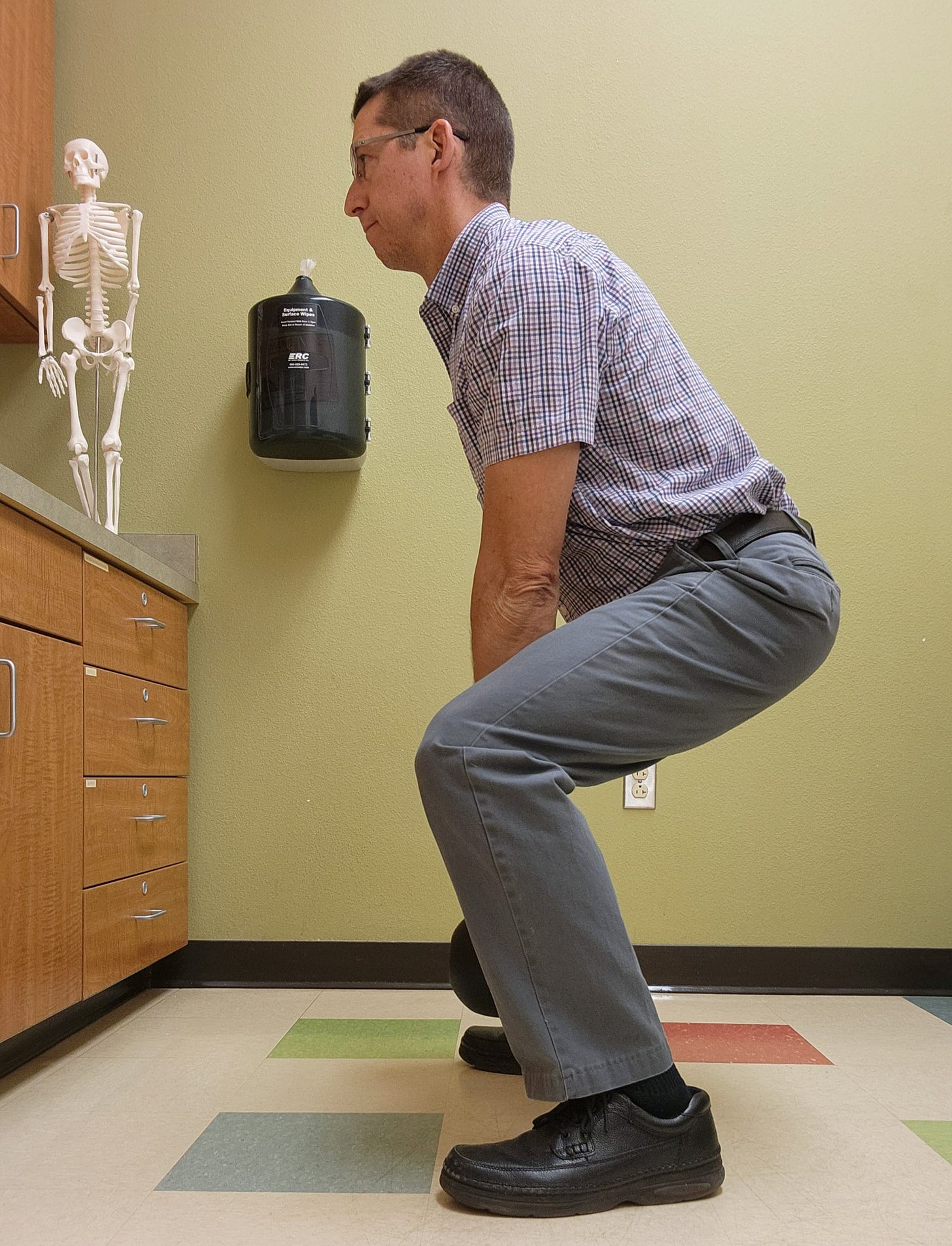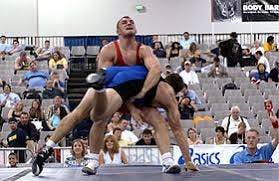It's all about leverage
This is not medical advice.
Almost every health sciences major has a physiology class early in their college career. Within the first few chapters, we are taught what levers are, their different classes, and how they affect the body.
Then we promptly forget about leverage, and never refer to it again in our careers, while treating patients.
I can lift that weight above with my lower back, if I have to. But we’ve all heard, “don’t lift with your lower back, lift with your legs.”
But what if it’s all relative? What if you can’t squat down due to a knee injury?
We are able to lift with our lower back, if those muscles are strong enough. I am going to advocate for better form and leverage, however lifting with the lower back is common in several cultures.
We’ve all seen people in agriculture bending over at the waist repeatedly, all day every day. Greco Roman wrestlers are not allowed to grab their opponents leg to flip them on their back. They have to fight someone’s entire body weight with their lower back.
The importance of leverage
A muscle will have to work harder, if the lever is longer. By lever, I mean a limb, or several bones together, sometimes in a straight line.
Many of our ailments are related to long levers, or poor leverage, or weakness. If someone is very tall, their legs or long levers, might have a disadvantage due to their length. One could argue that if they are bigger, they will have a higher ratio of muscle mass to overcome that poor leverage. If someone is tall and skinny, they are proportionately weaker. Same goes for low back pain. Some people I see for low back pain have very long torsos. The muscles as the bottom of the back have to work harder to straighten that tower (the spine).
The solution
The answer to this issue is strengthening, but also appreciating some of the disadvantaged location of some muscles.







